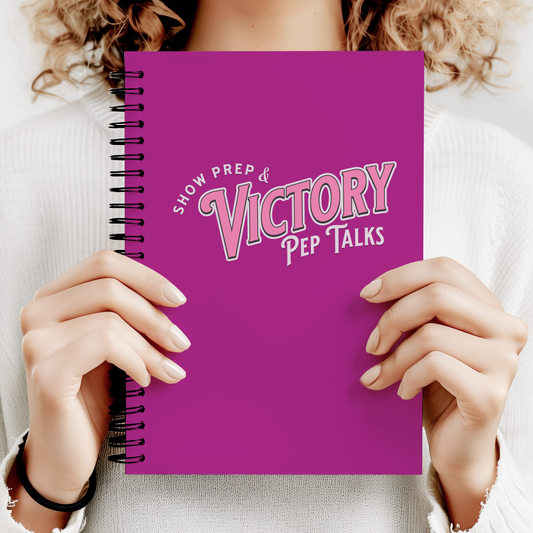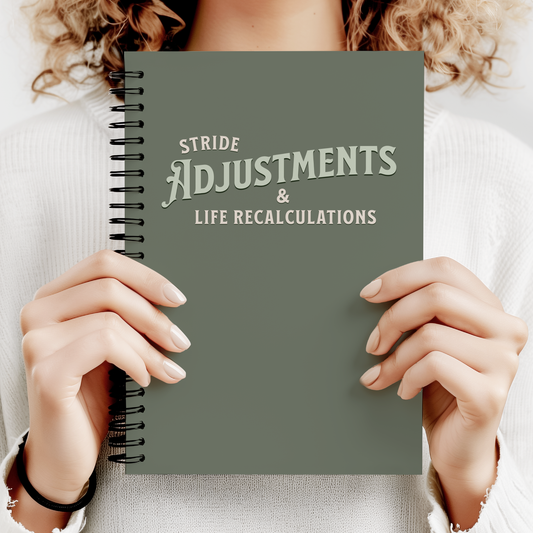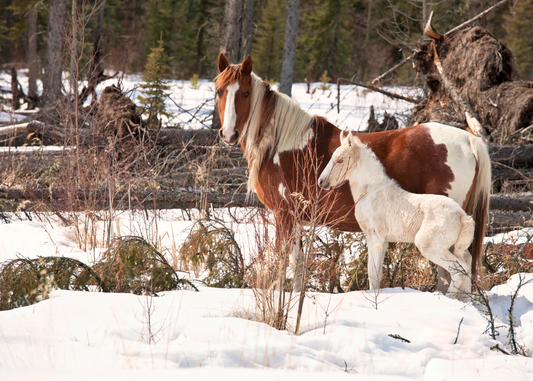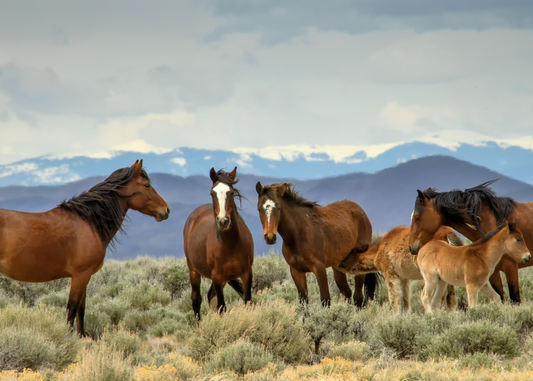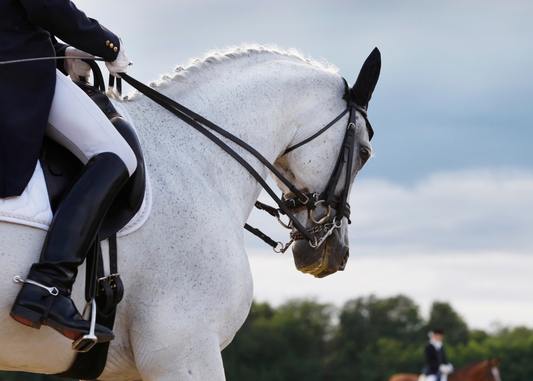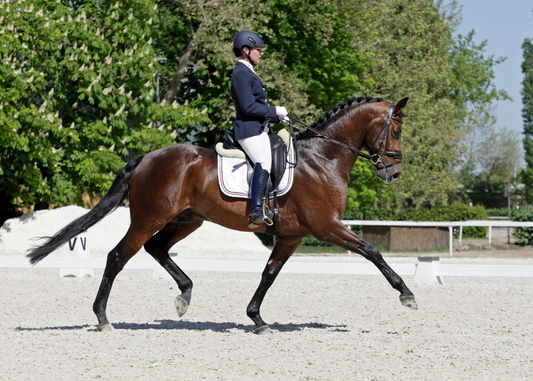After establishing rhythm, the next essential step in the Dressage Training Scale is suppleness. A relaxed horse moves freely, absorbs the rider’s aids willingly, and develops the flexibility necessary for advanced movements. Without suppleness, progression through the training scale becomes challenging.

What Is Suppleness in Dressage?
Relaxation in dressage refers to both the mental and physical state of the horse. A relaxed horse remains attentive yet calm, free from tension, and able to move fluidly. Suppleness, on the other hand, relates to the horse’s ability to bend and flex evenly on both sides, ensuring balance and elasticity in movement.
Key Characteristics of Suppleness:
-
Looseness: The horse’s muscles are free from stiffness, allowing for unrestricted movement.
-
Elasticity: The horse moves with a soft, flowing motion rather than rigid or choppy strides.
-
Even Contact: The horse maintains a steady, elastic connection with the bit without resistance.
-
Mental Focus: A supple horse remains calm, attentive, and willing to respond to the rider’s aids.
Common Mistakes and How to Fix Them
Many horses struggle with suppleness due to stiffness, tension, or imbalance. Here are common issues and ways to address them:
- Rushing into connection before achieving true suppleness.
-
Tension in the Neck and Back: Encourage relaxation through long and low stretching exercises.
-
One-Sided Stiffness: Incorporate lateral exercises, such as leg yields and circles, to develop even flexibility.
-
Resistance to Contact: Maintain soft, steady rein aids and encourage the horse to seek the bit rather than resist it.
Remember: Suppleness can’t exist without rhythm, and it supports the development of connection and beyond.
Exercises to Improve Suppleness
Incorporating specific exercises into training sessions can help develop suppleness and encourage relaxation:
-
Serpentines and Bending Lines: Riding smooth, flowing curves encourages lateral flexibility.
-
Long and Low Stretching: Allowing the horse to reach forward and downward helps relax the topline and engage the back muscles.
-
Transitions Within Gaits: Practicing smooth transitions improves elasticity and responsiveness.
The Rider’s Role in Encouraging Suppleness
The rider plays a significant role in achieving suppleness. A relaxed, balanced rider with soft hands and a flexible seat allows the horse to move freely. Tension in the rider can lead to tension in the horse, so maintaining a deep, following seat is crucial.
Why Suppleness Matters
A supple, relaxed horse is better prepared to progress through the training scale. Suppleness leads to long-term soundness, improved flexibility, and a horse who is happy to work. Without it, the next levels of the Training Scale—like connection and impulsion—will feel forced and heavy.
Once your horse is relaxed and supple, it’s time to connect the pieces. Move on to Step 3: Connection. This article is part of our complete Dressage Training Scale series. Start from the beginning here.






